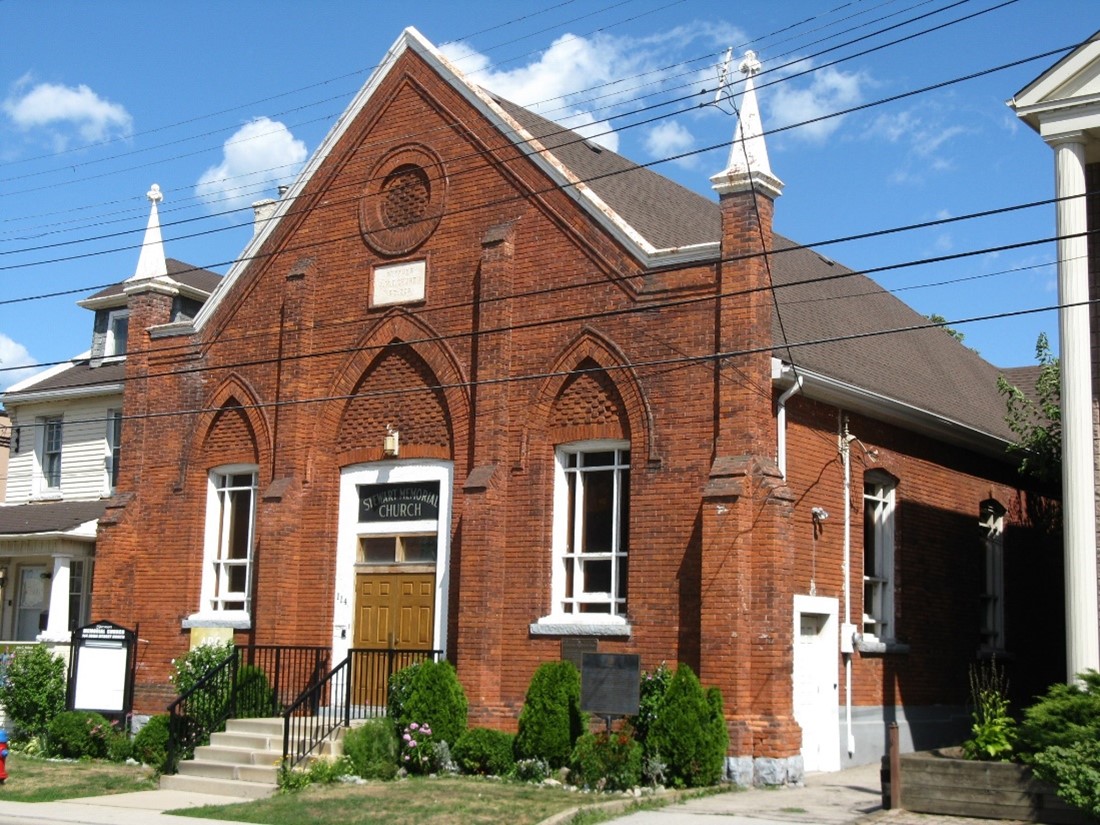Introduction

This guide provides information on the heritage conservation process in Ontario and the specific considerations that may arise when heritage places of worship are involved.
The Ontario Heritage Act is the legislative framework for Ontario’s heritage conservation process. The process follows a standard series of steps and decisions, described in detail in the Ontario Heritage Tool Kit.
This guide discusses some of the unique aspects of places of worship that possess cultural heritage value or interest. It also highlights considerations that may be helpful to all parties involved in or affected by conservation, designation, alteration, disposal and demolition of heritage places of worship.
Communities find value in a wide range of places and determining what makes a place a “place of worship” can be a community – or even a personal decision. This guide is intended to apply to any heritage place of worship that is currently owned or managed by a religious organization (“property owner”).
This includes properties in active use as places of worship as well as those that have ceased to be used for this purpose and may be under consideration for other uses.
For the purposes of this guide, “places of worship” is an inclusive term that includes churches, mosques, synagogues, temples, chapels (for example, within convents or seminaries), shrines, meeting houses or other built places of assembly for religious purposes.
The Ontario Heritage Act and the Planning Act
This guide focuses on the Ontario Heritage Act but occasionally refers to provisions and tools provided for under the Planning Act such as the Provincial Planning Statement (PPS).
The Ministry of Citizenship and Multiculturalism’s Ontario Heritage Act provides a framework for the protection of heritage properties and archaeological resources.
It defines the municipal and provincial roles in heritage conservation, including the role of the province’s heritage agency, the Ontario Heritage Trust.
The Ontario Heritage Act provides municipal councils with a number of tools to identify and protect properties with cultural heritage value or interest:
- power to establish a heritage committee
- power to establish a register of heritage properties
- powers to designate and manage changes to individual properties and heritage conservation districts
- criteria to determine cultural heritage value or interest
Ontario’s Planning Act sets out the legislative framework for land use planning in Ontario.
The PPS is issued under the authority of the Planning Act and provides direction on matters of provincial interest related to land use planning and development to planning authorities such as municipalities.
Section 4.6 of the PPS deals specifically with cultural heritage and resources. This section requires planning authorities to conserve significant built heritage resources and cultural heritage landscapes. The PPS also provides for the conservation of significant archaeological resources and consideration of protected heritage property when developing adjacent lands.
The Planning Act also provides the authority for the preparation of official plans and planning documents that guide development in Ontario communities. More information on the Ontario Heritage Act can be found at the ministry’s web page.
More information on land use planning in Ontario is available on the Ministry of Municipal Affairs and Housing web page.